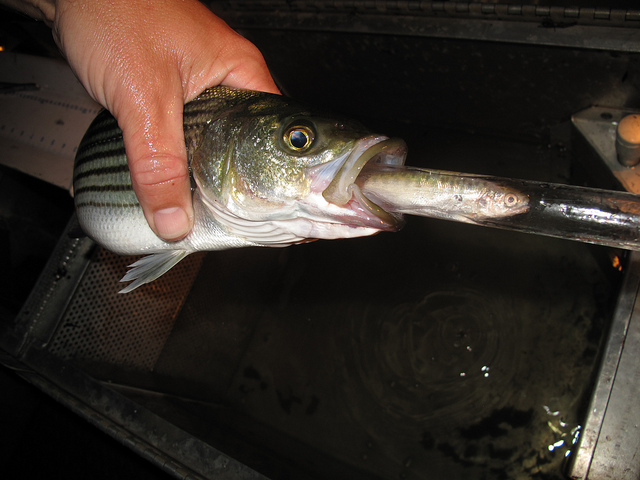So here we are again, California. We’re coming through another dry year and watching the sky, hopeful that Mother Nature will give us a reprieve. We’ve all had a bad year, but everyone needs to buckle up because some of the biggest consumer impacts are just now showing up. Farmers, many of whom received none […]
California’s family farms are hardly “Big Ag”
A recent San Jose Mercury editorial on Assemblyman Adam Gray’s AB 313 is an over-the-top attack on farms that grow a sizeable portion of the nation’s food. The bill, which has passed both the California Assembly and Senate, allows for an administrative law judge to review water rights decisions by the State Water Resources Control […]
Managing water under California’s broken water system
Managing water under California’s broken water system California’s farm water suppliers don’t shy away from hard work. They never have-but our broken water system (graphic) continues to erode their ability to do the most important part of their job- managing and delivering the water used to grow the food and fiber we all depend on. With […]
Many Delta Stressors Impacting Delta Smelt and Delta Health
There are far bigger issues affecting the Delta than water exports and returning to a time prior to Western development is unrealistic. To describe the Delta as altered is to say that New York City is populous or California water politics contentious. Since the 19th century when locals began to reclaim the marshlands, dike the […]
